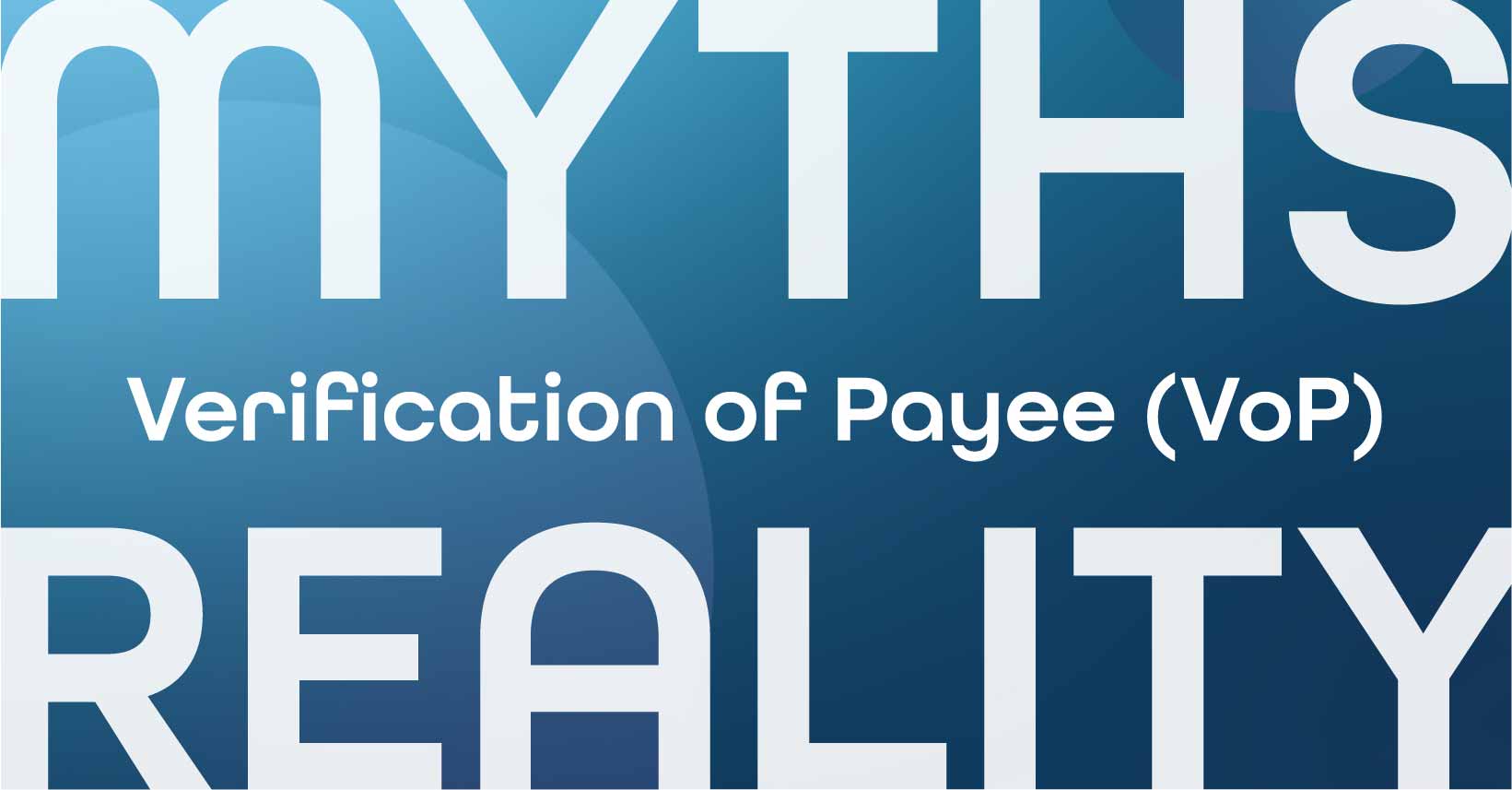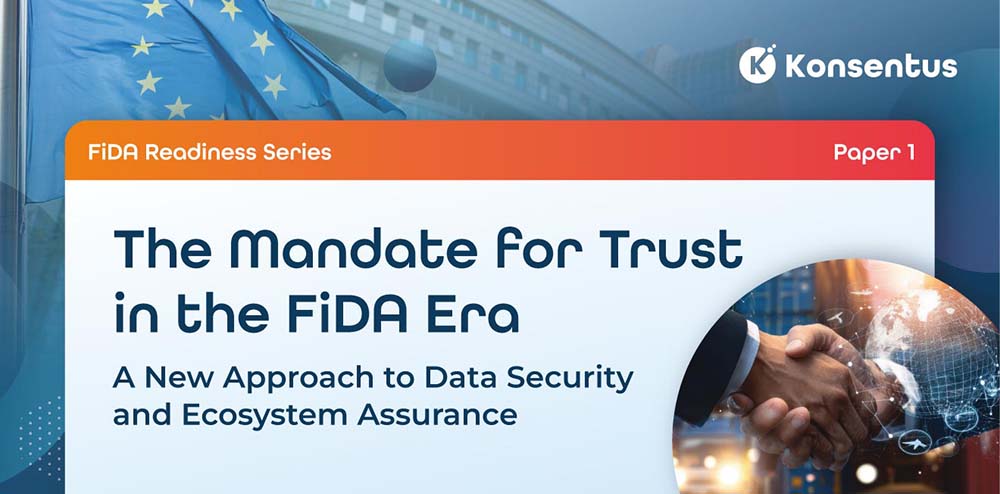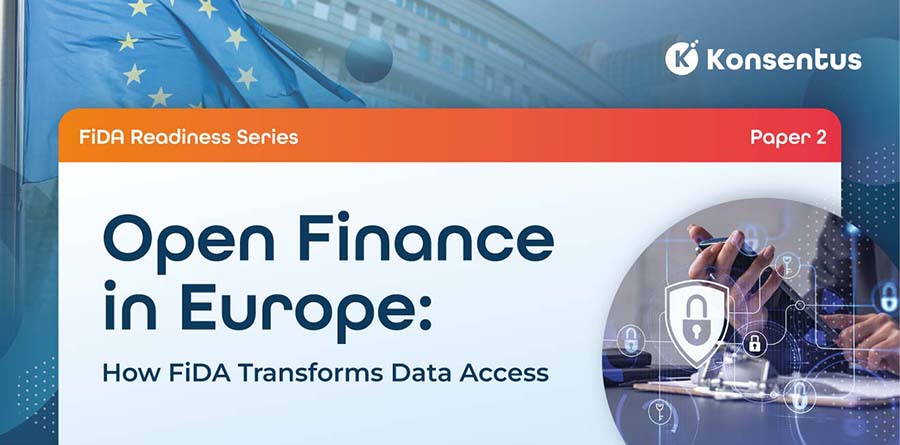As the rollout of Verification of Payee (VoP) continues, we see misunderstandings emerging regarding its purpose, functionality and key milestones.
This article addresses common myths and misconceptions about VoP, placing its capabilities and limitations within the context of current regulatory and industry guidance.
VoP can significantly improve payment accuracy and mitigate certain types of fraud, but it is not a silver bullet. Understanding how it fits within the broader payment security landscape is essential.
The following clarifications aim to dispel lingering myths and provide practical guidance based on today’s VoP implementations.
1. “VoP Guarantees Fraud Prevention”
Myth: VoP eliminates the risk of fraud.
Reality: VoP helps reduce Authorised Push Payment (APP) fraud when the destination account name does not match the intended recipient (e.g., scams involving impersonated bank staff or fake investment opportunities).
However, if a scammer’s destination account has the “matching” name, VoP will not prevent the fraud.
Beyond fraud, VoP also reduces payment errors caused by incorrect or mis-typed account details, avoiding rework and processing delays.
2. “VoP Is a Standalone Solution”
Myth: Once a Payment Service Provider (PSP) implements VoP, no other measures are needed.
Reality: VoP is one layer of payment security. It is most effective when combined with complementary tools such as transaction monitoring, behavioural analytics, device fingerprinting and Strong Customer Authentication (SCA).
3.”There’s a Universal Standard for Matching Logic”
Myth: VoP checks are consistent across providers.
Reality: Different Routing and/or Verification Mechanisms (RVMs) and PSPs may use different algorithms and name-parsing logic, leading to potential inconsistencies in what constitutes a “match.”
To help avoid language inconsistencies, the European Payments Council (EPC) has published a standard character set for VoP, excluding local language characters. For example, in Germany, “Ö” is mapped to “O.”
4. “Name only Matching is Sufficient”
Myth: Name-only matching is sufficient for VoP compliance.
Reality: VoP offers two models:
- For individuals: IBAN + Name
- For businesses: IBAN + Identification Code (e.g., LEI, VAT number)
When both parties support the Identification Code (and the data is provided), this is the default model, delivering a higher match rate – as seen in other European domestic schemes.
The IBAN + Name model allows “fuzzy matching” (including pseudonym checks), returning results such as Close Match, Match, No Match, or NOAP (verification not possible, e.g. account closed or wrong recipient).
In contrast, IBAN + Identification Code returns a definitive Match, No Match, or NOAP result only.
5.”VoP Slows Down Payments”
Myth: The verification step introduces delays.
Reality: VoP can operate in real time, before the payment is initiated.
By reducing errors and preventing certain types of fraud, VoP actually improves overall processing speed and accuracy.
6. “VoP Must be Implemented for All Transaction Types”
Myth: Every payment must undergo VoP checks.
Reality: VoP is required for credit transfers under specific regulatory frameworks (e.g., SEPA, SEPA Instant, TIPS, EBICS).
This applies to all EU-based Euro payments, excluding non-Eurozone countries and non-EU countries such as Switzerland and the UK.
For batch payments, a PSP acting on behalf of a corporate client may request to exclude an entire batch from VoP checks – but will assume additional liability if those payments later prove fraudulent.
7. “VoP Doesn’t Support Batch Payments”
Myth: VoP only works for individual payments.
Reality: Both individual and batch payment types are supported (e.g., EBICS, FileAct).
Vendors typically manage this with separate APIs and user guides for individual and batch requests.
Batch requests sent via API are processed as individual verifications but maintained in a batch structure for reconciliation and incident management.
Further Questions about Verification of Payee?
VoP is a nuanced topic and getting the details right matters. If you’d like to discuss any aspect of VoP further or need tailored advice for your organisation, we’d be keen to help.
Konsentus provides a solution to manage the complexity of the VoP process allowing PSPs to focus on serving their customers, See Konsentus Verification of Payee (VoP) for further detail.





